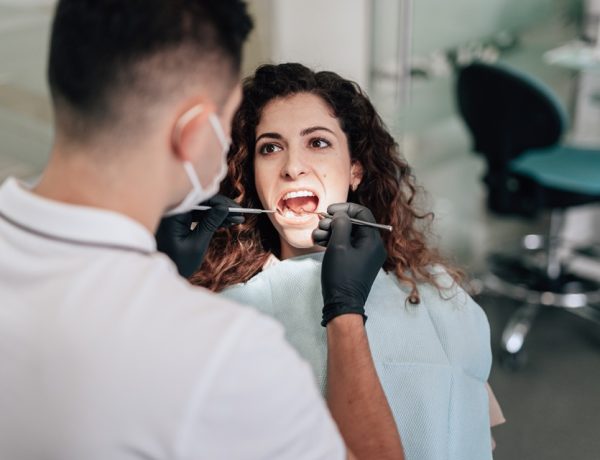Table of Contents
A good night’s sleep is essential for anyone, but following spinal surgery, it becomes even more critical for your recovery. Quality sleep allows your body to heal, rebuild tissues, and manage pain more effectively. This guide will equip you with the knowledge and strategies to achieve restful sleep after spinal procedures.
Understanding Sleep After Spinal Surgery
Spinal surgeries can disrupt your sleep pattern in several ways. Pain, discomfort, and the unfamiliar post-surgical environment can all contribute to restless nights. Additionally, some medications used for pain management can have unintended side effects like drowsiness or insomnia.
Here are some common sleep disruptions you might experience:
- Pain: Pain is a major sleep disruptor.
- Stiffness: Reduced mobility and stiffness in the spine can make it difficult to find a comfortable sleeping position.
- Anxiety: The recovery process can be stressful, leading to anxiety and difficulty falling asleep.
- Medication side effects: As mentioned earlier, some pain medications can cause drowsiness or interfere with sleep cycles.
Considerations For Specific Surgeries
While the general principles of sleep hygiene apply to most spinal surgeries, some specific considerations:
- TLIF: This surgery involves fusing vertebrae in the lower back. TLIF surgery complications like nerve irritation or Cerebrospinal Fluid (CSF) leakage can cause pain and discomfort, making it difficult to find a comfortable sleeping position.
- ACDF: This surgery focuses on the bones and discs in the neck. Limitations in neck movement can restrict comfortable sleeping positions. Your doctor will likely recommend using a cervical pillow to support your neck and keep it aligned while you sleep. If you’re worried about any restrictions after your ACDF surgery, be sure to talk to your doctor.
- It is important to discuss with your doctor what are the permanent restriction after your ACDF surgery
- Laminectomy: This surgery removes a portion of the vertebral lamina to create more space for the spinal cord and nerves. Depending on the location of the laminectomy, you might need to adjust your sleeping position to avoid putting strain on the surgical area.
- Spinal Decompression: This surgery aims to relieve pressure on nerves by removing bone spurs or herniated discs. Pain and nerve irritation following decompression surgery can make finding a comfortable sleeping position challenging.
Remember, this is not an exhaustive list. It’s important to discuss any specific concerns you have about sleep after your surgery with your doctor or physical therapist. They can provide personalized guidance based on your unique procedure and recovery process.
Creating A Sleep-Friendly Environment
Optimize Your Sleeping Space:
- Mattress: Invest in a supportive mattress that aligns your spine and minimizes pressure points. Consider a medium-firm mattress for optimal support.
- Pillows: Use pillows to support your natural spinal curves. For example, a cervical pillow can help maintain proper neck alignment after ACDF surgery.
- Temperature: Keep your bedroom cool and well-ventilated. A comfortable temperature can significantly improve sleep quality.
- Light and Noise: Minimize light and noise distractions by using blackout curtains and earplugs.
Positioning Strategies For Sleep Comfort
Finding the right sleeping position is crucial after spinal surgery. Here are some general recommendations:
- Back Sleeping: This is often the most recommended position for spinal surgery recovery, as it promotes spinal alignment.
- Side Sleeping: If back sleeping is uncomfortable, try side sleeping with a pillow between your knees for additional support.
- Stomach Sleeping: This position is generally not recommended after spinal surgery due to the strain it puts on your back.
Remember: It’s important to listen to your body and find a position that feels most comfortable for you. Discuss any positioning concerns with your doctor or physical therapist for personalized guidance.
Additional Sleep Hygiene Practices
- Maintain a Consistent Sleep Schedule: Go to bed and wake up at the same time each day, even on weekends. This helps regulate your body’s natural sleep-wake cycle.
- Relaxation Techniques: Practice relaxation techniques like deep breathing or meditation before bed to calm your mind and prepare for sleep.
- Limit Screen Time: Avoid using electronic devices like phones and laptops for at least an hour before bedtime. The blue light emitted from these devices can suppress melatonin production, a hormone that regulates sleep.
- Regular Exercise: Engage in regular exercise, but avoid strenuous activity close to bedtime. Exercise promotes better sleep, but vigorous activity can be stimulating.
- Avoid stimulants: Limit caffeine and alcohol intake, especially in the afternoon and evening. These substances can interfere with sleep quality.
Conclusion
Getting enough quality sleep is vital for a smooth recovery after spinal surgery. By creating a sleep-friendly environment, adopting healthy sleep habits, and communicating any sleep concerns with your doctor, you can achieve restorative sleep and support your body’s healing process. Remember, recovery is a journey, and prioritizing good sleep is a key step towards a successful outcome.





No Comments